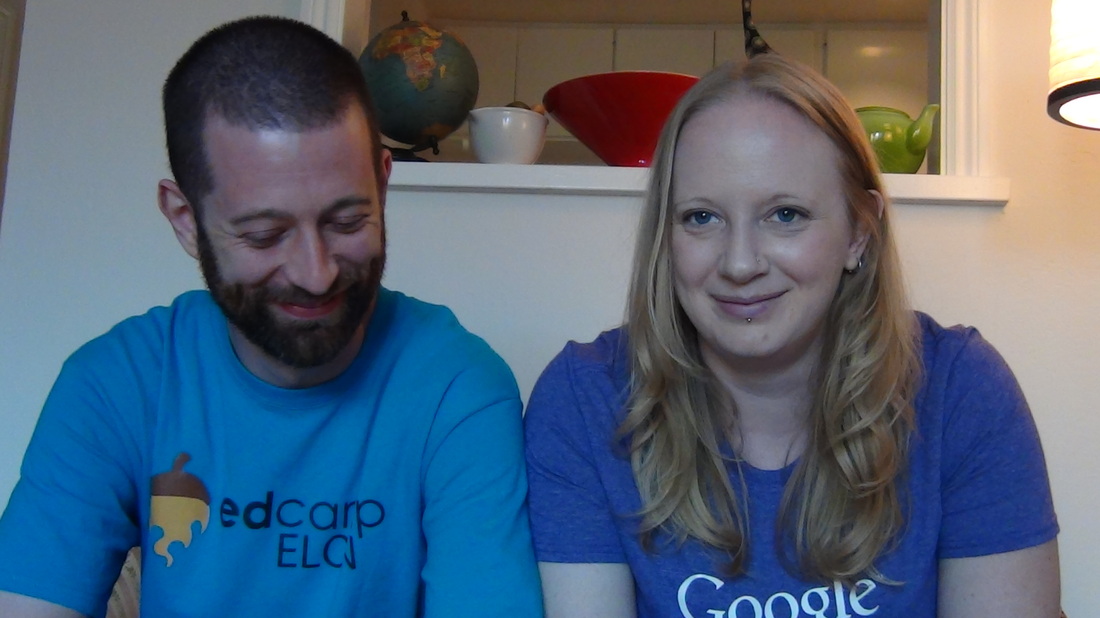However, it was the perfect opportunity to teach them to use their etymology knowledge to determine the meaning of new words. We had already done a "first read" by listening to a podcast adaptation of the story. It changes some of the details of the story to fill out the character of the Duke a bit. I also taught some of the vocabulary that appeared in the story in the clarifications column. It was their first introduction to summarising and clarifying, so we mostly did it as a whole class.
Then, we approached the actual text.
They used their boards to develop guesses for words they don't know, and then kept those up as we read the passage together.
Here's the (slightly adapted) text I used. We used a graphic organiser aimed at teaching them the first two strategies in the Reciprocal Teaching protocol - Summarising and Clarifying. Here's what that looked like:
After we finished a page, they would return to the graphic organiser and summarise the whole page and add a few words they wanted to remember in the Clarifications column.
In this week's etymology paragraph, I noticed a marked increase in their understanding of the story, and a few even used the words we talked about like "morbid" and "grotesque" even though they weren't required. My co-teacher in the inclusion section of the course remarked that their writing was improving, and their use of the vocabulary is much improved from the start of the year.
Here are some of the paragraphs, and some pictures of students completing their summary/clarification work at the boards.



 RSS Feed
RSS Feed
